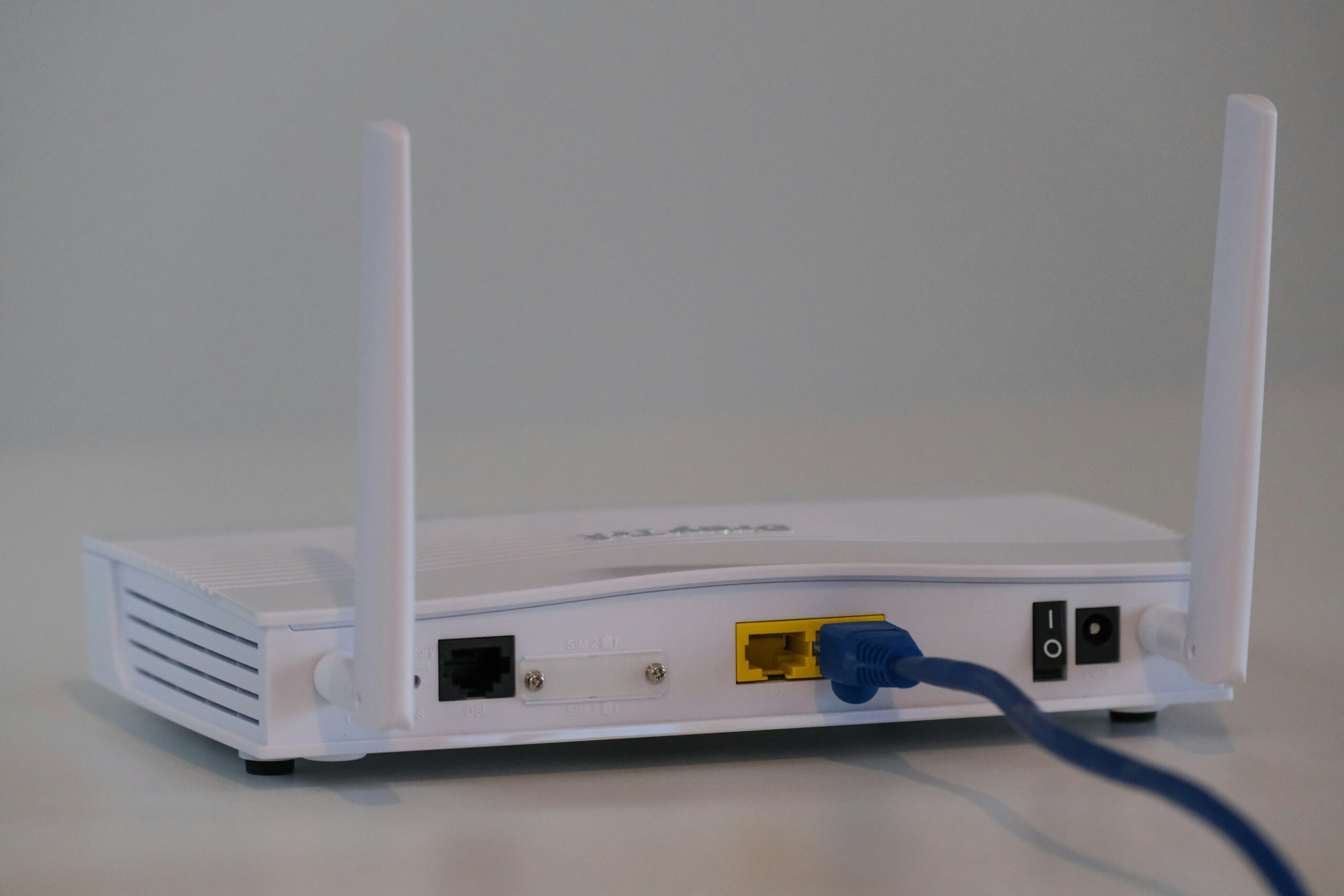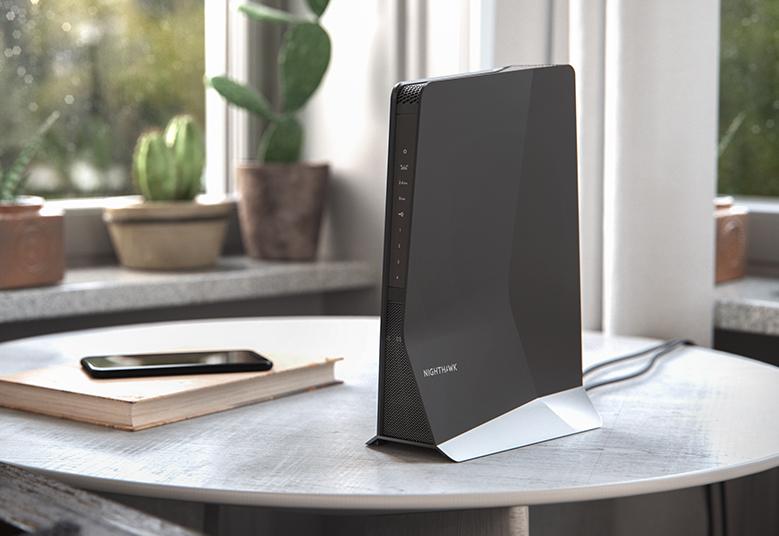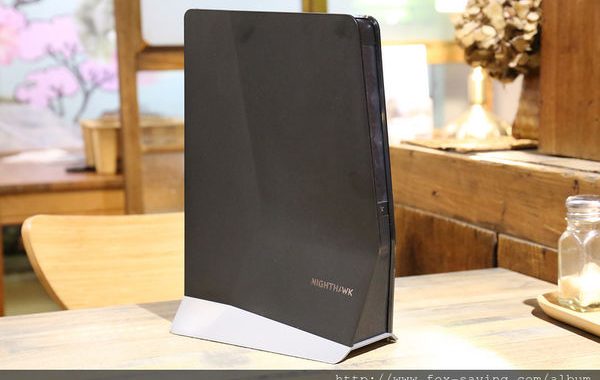My WIFI Extender
Choosing the right WiFi extender involves considering factors like coverage area, compatibility with your router, and the speed of the extender. Some extenders support dual-band technology, which can enhance performance by using both 2.4GHz and 5GHz bands. Additionally, newer models may offer advanced features such as beamforming, which directs the WiFi signal toward your devices and mesh networking, which integrates seamlessly with other networking devices to create a single, robust WiFi network.

Connection:
- Use a WiFi-capable device to connect to the extender’s default WiFi network (such as a laptop or smartphone).
- Usually, the network name (SSID) and password are listed on the label of the extension itself.

Wizard of Configuration:
- The Mywifiext setup wizard ought to appear. Follow the on-screen directions to connect your extender to your existing WiFi network.
- You may be asked to enter the password and SSID of your existing WiFi network during this process.

Placement Improvement:
- For optimal WiFi coverage, relocate your extender if necessary after setting it up.
- There should be a strong enough signal for your devices to connect without any issues.

Validation:
- After setup is complete, your Netgear WiFi extender should be extending the range of your existing WiFi network.
- You can verify this by checking the WiFi signal strength on your devices in the larger areas.
A WiFi extender, also known as a WiFi booster or repeater, is a device designed to extend the coverage area of your wireless network. It works by receiving the existing WiFi signal, amplifying it, and then transmitting the boosted signal to areas of your home or office where the WiFi is weak or nonexistent. This ensures a stronger, more reliable internet connection across a broader area, which is particularly useful in larger spaces or environments with multiple walls and obstacles that can interfere with the signal.
The primary function of a WiFi extender is to eliminate dead zones and provide seamless internet coverage. For instance, if you find that your WiFi signal is strong in the living room but weak or non-existent in upstairs bedrooms or the backyard, a WiFi extender can help bridge this gap. It essentially acts as a bridge between your router and the hard-to-reach areas, ensuring that you can enjoy a stable internet connection regardless of your location within the covered range.
- Unbox and Position the Extender:
- Unbox your WiFi extender and plug it into a power outlet halfway between your router and the area where you need better WiFi coverage. Ensure that it’s within the range of your existing WiFi network.
- Power On the Extender:
- Turn on the extender and wait for the power LED to become stable. This indicates that the device is ready for setup.
- Connect to the Extender:
- Method 1: Using WPS (Wi-Fi Protected Setup):
- Press the WPS button on your router.
- Within two minutes, press the WPS button on the extender. The WPS LED on the extender should start blinking.
- Once the WPS connection is established, the WPS LED on both the router and the extender will turn solid. This indicates a successful connection.
- Method 2: Using a Web Browser:
- Connect your computer or mobile device to the extender’s default WiFi network (the network name and password are usually provided in the extender’s manual or on a sticker on the device).
- Open a web browser and enter the extender’s IP address or setup URL (often something like ‘http://192.168.1.1’ or ‘ http://mywifiext.net ‘).
- Follow the on-screen instructions to select your existing WiFi network and enter its password.
- Set up a new SSID (network name) and password for the extender if prompted, or use the same SSID and password as your existing network for seamless roaming.
- Method 1: Using WPS (Wi-Fi Protected Setup):
- Place the Extender:
- After setup, unplug the extender and move it to its final location, ideally still within the range of your router’s signal but closer to the area where you need improved coverage.
- Plug it into a power outlet and wait for it to power up. Ensure the connection LED indicates a strong signal. If the signal is weak, try moving the extender closer to the router.
- Test the Connection:
- Connect your devices to the extender’s network and check the WiFi signal strength and internet speed in the previously problematic areas. Adjust the extender’s position if necessary to get the best coverage.
- Final Adjustments:
- If your extender supports advanced features such as beamforming or dual-band operation, you can access its settings through the web interface to optimize performance.
- Ensure that any firmware updates are applied by checking the manufacturer’s website or the extender’s web interface.
- Issues relating to the connection:
- Verify that you are inside the range of the extender’s WiFi signal and that you have the correct SSID and password.
- Resetting:
- If you experience any issues during setup, you can reset your Netgear WiFi extender by pressing and holding the reset button for around 10 seconds, or until the power LED blinks.
- Firmware Updates:
- Regularly check the Netgear support page for firmware updates to ensure your extender is up to date with the latest features and security patches.


- Dual-band Support:
- You can extend both the 2.4GHz and 5GHz WiFi bands with many Netgear WiFi extenders for more versatility and performance.
- WiFi Analytics App:
- By providing data on WiFi channels, signal strength, and other topics, Netgear’s WiFi Analytics app enables you to maximize the performance of your WiFi network.
- Security Settings:
- Make sure your Netgear WiFi extender has a strong password on it to prevent unauthorized access.
- Issues relating to the connection:
- Verify that you are inside the range of the extender’s WiFi signal and that you have the correct SSID and password.
- Resetting:
- If you experience any issues during setup, you can reset your Netgear WiFi extender by pressing and holding the reset button for around 10 seconds, or until the power LED blinks.
- Firmware Updates:
- Regularly check the Netgear support page for firmware updates to ensure your extender is up to date with the latest features and security patches.
